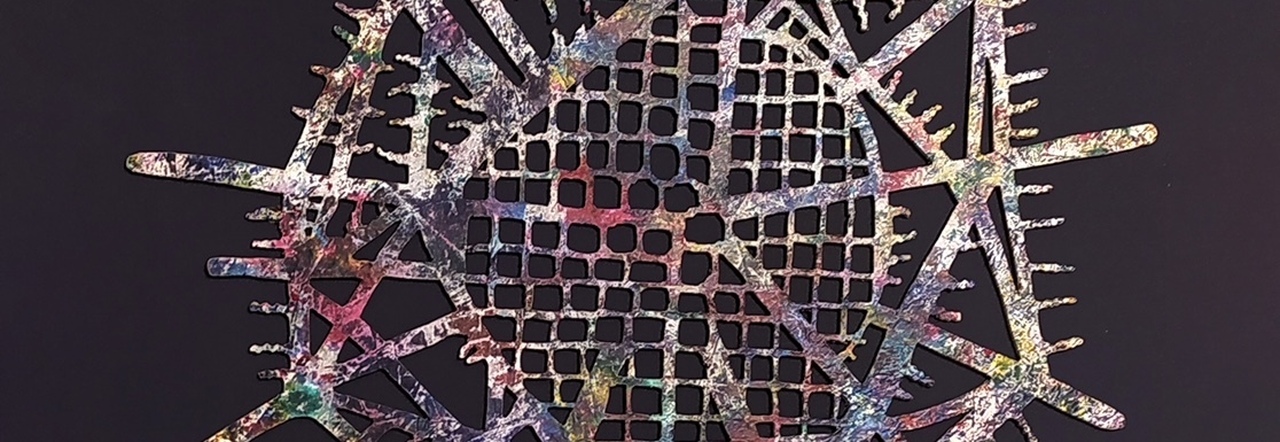Radiolaria: Art and Science - An Exhibition by Gianni D'Anna

Tuesday 12 March 2024, 10:30
2 Minutes of Reading
Surprising natural geometries, shapes of the most secret beauty. 'Radiolaria: Art and Science' is the exhibition by Gianni D'Anna, curated by Domenico Natale, presented by Eduardo Alamaro at the Frame Ars Artes gallery of Paola Pozzi, in Naples on Corso Vittorio Emanuele 525. Vernissage Wednesday, March 13th at 18:00. Until Sunday, March 17th. On April 20-21, the setup will be at the 'Federico II' Museum of Paleontology for the event 'Collecting Nature'. Modern technologies have made it possible to observe forms and phenomena once unimaginable, says the artist. Gianni D'Anna, with a degree in Scenography from the Academy of Fine Arts in Naples, has taught 'Design, Fashion, and Costume' at the 'Umberto Boccioni' State Institute of Art. He exhibited for the first time in 1975 in the Oberdan hall in Naples. The interest in nature and chaos theories, particularly in fractals that shake the spatial vision of traditional geometry, has always accompanied his artistic research. A journey whose main stages are represented by solo exhibitions in many Italian and foreign cities, among these, Naples, Savona, Sorrento, Rome, Chicago, Nice, Granada and everywhere he has gathered critical acclaim and public consensus. The protagonists of this new exhibition at Frame Ars Artes are the Radiolarians (Radiolaria Müller, 1858), marine protozoans of the Cambrian Era (570-505 million years ago), observable only under a microscope. They represent an important component of surface plankton and are characterized by a central capsule perforated, composed of polygonal plates and by a skeleton formed by one or more concentric shells equipped with symmetric spines, which give these organisms a particularly elegant structure. The skeletons of the dead specimens, settling on the ocean floor, have given rise to thick layers of siliceous, polychrome, hard and compact sedimentary rock, called Radiolarite, fundamental for the relative dating of rocks and natural history. Eduardo Alamaro, Architect, Critic, and Art Historian will introduce the exhibition and its cultural path, telling the story of naturalistic observations in Naples, conducted by the city's major institutions, starting with the 'Anton Dohrn' Zoological Station where, already in the nineteenth century, he says: 'the first studies on Radiolarians were conducted, which have always presented the great difficulty of not being able to be described according to Euclidean geometry, but through Fractal geometry.'
© ALL RIGHTS RESERVED
This article is automatically translated
This article is automatically translated
